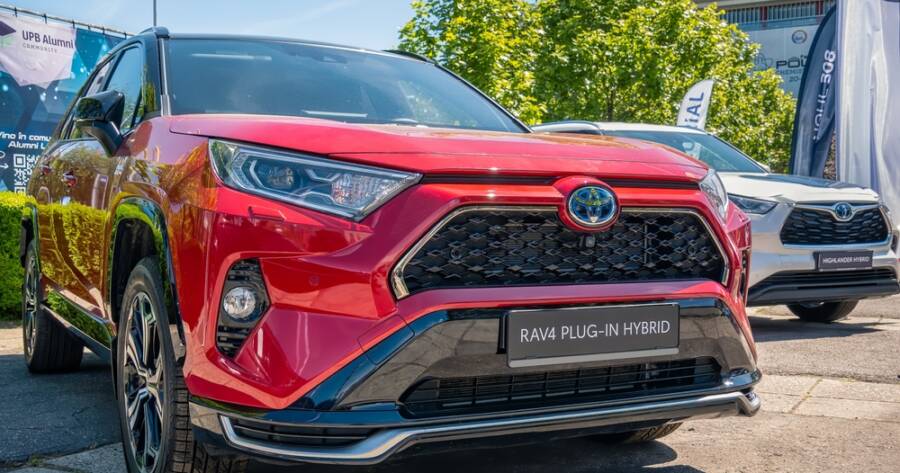Plug-in hybrid SUVs are quickly gaining ground in the U.S. auto market. Combining electric driving with gasoline backup, they offer flexibility and reduced emissions. For families and drivers looking for better fuel economy without fully switching to an electric vehicle, plug-in hybrids are becoming an appealing middle ground between power and practicality.
How Plug-In Hybrids Work
A plug-in hybrid electric vehicle (PHEV) blends two systems: an electric motor powered by a rechargeable battery and a traditional gasoline engine. Unlike regular hybrids, PHEVs can be charged using a standard outlet or home charging station. This allows them to drive on electric power alone for a limited number of miles.
Once the battery is depleted, the gasoline engine takes over. This setup removes much of the “range anxiety” associated with fully electric vehicles. Drivers can run errands or commute on electric power, then rely on gas for longer road trips. This flexibility is especially useful for households with varied driving needs.
Why SUVs Lead the Plug-In Hybrid Charge
SUVs continue to be the top choice for many American drivers. With their larger size, higher ground clearance, and added cargo space, SUVs fit the needs of families, outdoor enthusiasts, and road-trippers alike. Plug-in hybrid versions offer these benefits while lowering tailpipe emissions and reducing dependence on fuel.
Automakers have recognized this demand and now offer several plug-in hybrid SUVs in a range of sizes and trims. Drivers no longer have to choose between eco-conscious technology and spacious interiors. These hybrids appeal to those who want to save on fuel without sacrificing utility.
Fuel Efficiency Without Full Commitment
Many drivers want to reduce their fuel use and emissions but aren’t ready to go fully electric. Plug-in hybrid SUVs provide a smoother transition. Most offer a short electric-only range—often enough for daily commutes or quick errands—but extended ranges are becoming more common. By using electricity for routine driving, owners can cut down on fuel stops and greenhouse gas emissions.
When needed, the gas engine provides backup. This dual system means drivers won’t need to plan every route around charging stations. It also makes PHEVs more suitable for rural areas, where charging infrastructure may be limited or less reliable.
What to Consider Before Buying
A plug-in hybrid SUV may not be right for every lifestyle. If you rarely plug in and rely mostly on the gas engine, you may not see much benefit over a standard hybrid. Regular charging is key to getting the best value from a PHEV.
Charging habits, driving distances, and local climate all affect performance. For example, cold weather can reduce electric range. It’s also important to check if your local utility offers incentives for installing a home charger or if your state provides rebates or tax credits for plug-in vehicles.
Some plug-in hybrids also lose a bit of cargo space to make room for their larger battery packs. For families that pack heavy or use every inch of their SUV’s interior, this may be worth checking before buying.
Charging at Home and On the Go
One of the most appealing features of a plug-in hybrid is the ability to charge at home. Most models can recharge fully using a standard 120-volt outlet overnight. For faster charging, a 240-volt Level 2 home charger can cut the time in half or more, depending on the vehicle.
Public charging stations are also expanding across the country. While PHEVs don’t need fast charging stations like all-electric vehicles, access to public chargers can be helpful. Many smartphone apps show nearby locations, availability, and even pricing for each station.
Looking Ahead: A Growing Segment
Automakers are investing heavily in electrified options, and plug-in hybrid SUVs will likely continue to grow in number and variety. As battery technology improves and emissions rules tighten, more drivers may look to plug-ins as a smart compromise between traditional gas and full electric.
Even luxury brands are rolling out plug-in SUV options, signaling that this trend is not just for early adopters or eco-focused consumers. Mainstream and premium choices alike are helping push this market forward.
A Smart Step Toward the Future
Plug-in hybrid SUVs offer a balanced path toward cleaner driving. They combine electric efficiency with gas-powered confidence, appealing to drivers who want the best of both worlds. If you’re interested in cutting fuel costs, reducing emissions, and keeping your SUV lifestyle, a plug-in hybrid may be worth a serious look.

